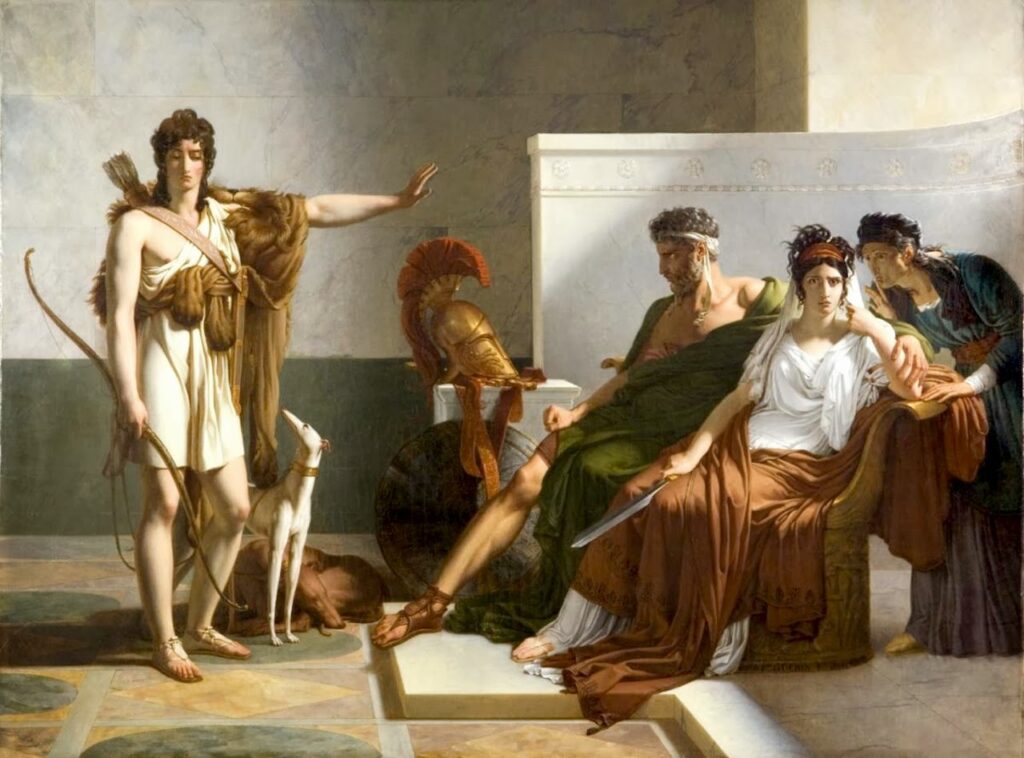Home » Posts tagged 'morality'
Tag Archives: morality
The Honorary Consul
Graham Greene
1973
(Argentinian revolutionaries abduct the wrong political figure by mistake, and one cynical acquaintance is the only one who cares… perhaps not even he does.)

Graham Greene, though a writer of great variety, is known for his “seedy” settings (he popularized the adjective, much to his regret) and the moral dimension of his very human characters. In these respects The Honorary Consul is an enduring and typical example of Greene’s style. Early in the book the protagonist Eduardo Plarr criticizes the romantic novelist Saavedra by saying that “life isn’t like” the way that author writes. Here Greene crafts a novel according to the alternative strategy; to show what life is like, with real people encountering real difficulties. The characters’ frail humanity and the ambivalence of their commitments will encourage us imperfect readers to relate honestly to them. The author refuses to vault skyward into heroism, idealism, wonder, or joy, perhaps as these are short-lived and usually confused in the real world. The good guys are bad enough to prevent us from admiring them, and the bad guys are good enough to prevent us from demonizing them. No character has an entirely appetizing mixture of traits, but no character is thoroughly distasteful either.
Like many readers, my gut draws me towards works whose moral distinctions rise into sharper relief—I enjoy esteeming my protagonists. If we insist on this criterion, Greene will not fare well. After meeting the main characters and following them around for a while, we might question whether they are likable enough company. Such readers must take a step of faith throughout the first 100 pages or so, that Greene is telling us a story that we will really care to read. Embarking on the book was for me like hearing the first few sentences of a party yarn that we fear might not be worth the patience. However, may no reader give up before realizing Greene’s purpose! The first impression fades and becomes irrelevant as one reads onward. The grayscale characterization is not due to neglect or apathy on the part of the author. Far from it—the ambiguity represents a strategy conceived for a distinct moral purpose, as paradoxical as this seems. A novel need not be moralizing to be morally interesting. (more…)
Hippolytus
(Ἱππολυτος)
Euripides
429 BC
(Disaster ensues when Phaedra falls for her stepson!)

The gods will have their play, and we piteous humans must suffer in double jeopardy. First, vice will eventually bring destruction, and yet we are by nature weak and prone to vice. Second, everyone is subject to fate, which is not kinder to good people than to bad. So we are doomed—we cannot be virtuous as we want to be, and so we are in trouble; and yet even if we could be virtuous we would get smacked anyway by the vicissitudes of fate! Hence Euripides’ fist-waving at the gods… yet he manages to preserve some reverence. Artemis tells us that the pious are still much more highly regarded by the gods than the impious. When the impious person suffers, the gods nod “take that!”, whereas the faithful incur their favor, which can bring some benefit. So, given our sad lot in life, it is better to be suffering and good than suffering and evil. Or that is Euripides’ line anyway. In this play we see how this web of cosmic influences plays out in the life of a chaste and honorable man destined for greatness by rights, when (through no fault of his own) his stepmother takes an improper liking to him.
Twain’s stories
Mark Twain (Samuel Clemens)
1865-1890
(A champion of common sense and nonsense casually delivers his colorful yarns, witty satires, and twisty dramas.)

Sitting with Mark Twain when he’s in a storytelling mood, we get to know the man—or at least he leads us to believe we get to know him. He lets us in on private jokes; he talks to us freely and without affected polish, perhaps puffing on his pipe in the middle of a sentence; and he doesn’t mind making clever offhand remarks about even the touchiest of matters. And, to reciprocate the casual friendship, we allow him to wander on tangents, even if it prevents him from ever getting to his point; and we don’t let on that we mind when he decides not to tell us the end of a story, or when he makes fun of something that we happen to like; and, especially, we just don’t get too critical with him in general. Since Twain’s favorite literary pastime is to smirk at people who take themselves too seriously, when we take him too seriously the joke is on us! Besides, the path of his narrative, though unpredictable, is as organic and spontaneous as a stream– who can criticize a stream?
Uncle Tom’s Cabin
Harriet Beecher Stowe
1852
(Two slaves struggle mightily: one for her liberty, the other for his integrity.)

This novel, the best selling book in the nineteenth century besides the Bible, is a remarkably forceful argument against the world’s most blatant form of widespread institutionalized violation of human rights. It is a collage of slave lives and lifestyles assembled with a thin glue of plot, all combining to urge our sympathies with the slaves and our antipathy to the injustice of their condition. It is an effort to bring free people to the realization that slaves are real persons who have the same sorts of spirits and minds as their masters, and yet they are and will always be subject to all sorts of anguish, suffering, and torture until slavery is abolished. “It is a comfort to hope,” Harriet Beecher Stowe writes in the Preface, “as so many of the world’s sorrows and wrongs have, from age to age, been lived down, so a time shall come when sketches similar to these shall be valuable only as memorials of what has long ceased to be.” We can be thankful that the author’s hope came true– the book served phenomenally well the purpose for which Stowe designed it. Testament to this are its enormous sales, the several hasty rebuttal “slavery isn’t so bad” novels, and, perhaps more than anything else, the comment of Abraham Lincoln when he met the author, calling her the “little woman whose book started this big war”.



Madame Bovary
October 21, 2020 / Leave a comment
Gustave Flaubert
1857
(An unhappily married woman pursues a lifelong quest for the fulfillment of her romantic desires, by any means necessary.)
When a novelist is said to rebel against romanticism, anyone with an imaginative, adventurous, passionate, chivalrous, or spiritual streak may be forgiven for wanting to give it a pass. Such a writer sounds staid and dry, shaking a finger at anything beautiful or enjoyable; or worse, morose—seeing the gray in everything and anxious to spend hundreds of pages sharing it with you. So who is this Flaubert, then? Flaubert with the beautiful descriptions, the engaging plot, the dramatic scenes, the fevered dialogue? With this great author’s help we should make a crucial distinction. Flaubert’s aim is leveled not at imagination or adventure or passion or chivalry or spirituality per se, but rather at the perverse attention romantics often pay to the emotional effects that these things have on us. Just as it is not money itself, despite frequent misquotes, but the love of money, that is said to be the root of all sorts of evil, likewise it is the worship of imagination’s fancy-tickling effects, rather than imagination itself, that novels like Madame Bovary seek to dethrone. Emma Bovary ruins her life because, in Flaubert’s words, she seeks emotions, not landscapes. She has a sentimental rather than artistic temperament, meaning she wants to gobble up beauty rather than appreciate it. The romanticism Flaubert criticizes is selfish, subjective, emotivist. It is that attitude which confuses sensual appeals of luxury with the joys of the heart. It is what says “Give me that” rather than “That is wonderful”. Even a true romantic, a healthy romantic– perhaps especially such a person– can doff the hat to Flaubert for this.
(more…)